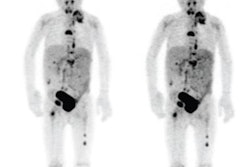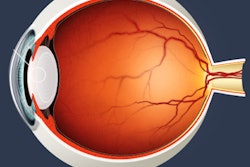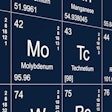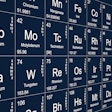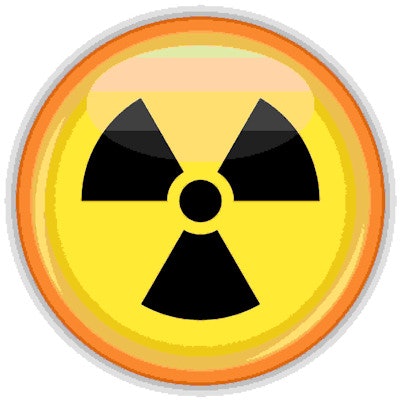
A new study published February 1 in Radiology on occupational radiation exposure for nuclear medicine (NM) technologists is serving up some intriguing findings. While radiation exposure is generally low and within established guidelines, it has been rising in recent years as the field adopts more powerful imaging technologies.
The use of nuclear medicine has grown rapidly over the past several decades, and the field has witnessed the introduction of new modalities such as PET and PET/CT that have led to large variations in the radiation dose delivered to patients -- and potentially to the technologists who perform the studies, according to a team led by Daphneé Villoing, PhD, from the division of cancer epidemiology and genetics at the U.S. National Cancer Institute (Radiology, February 1, 2018). Indeed, an unrelated study published in the February issue of Radiology found that technologists who performed nuclear medicine studies had a higher risk of cataracts.
In the current paper, Villoing and colleagues examined data from the radiation dosimetry badges worn by 208 current and former nuclear medicine technologists at nine institutions in the U.S. from 1992 to 2015. They recorded the occupational dose levels on the badges and compared them with levels from other types of workers who might be exposed to radiation, as well as with levels from nuclear medicine technologists in other countries.
In general, radiation doses in the U.S. were within established occupational limits, and they were comparable to those of technologists in other countries. But they were higher than for workers in some other industry segments.
| Occupational radiation dose exposure to U.S. nuclear medicine technologists | ||||
| U.S. general medical workers | U.S. nuclear power workers | Nuclear medicine technologists | Occupational dose limit in U.S. | |
| Median annual radiation dose | 0.75 mSv | 1.87 mSv | 2.18 mSv | 50 mSv |
The doses that U.S. nuclear medicine technologists were exposed to ranged from 1.4 mSv to 3.3 mSv. This was in line with levels recorded among workers with similar jobs in Europe in related studies, where median annual radiation dose levels ranged from 1.5 mSv to 3.5 mSv.
However, the researchers also found that median dose values tended to trend upward from 1992 to 2015. They did not collect the work history data that could explain the increase, but Villoing and colleagues speculated that it could be related to the increased use of PET, which has been associated with annual doses of 5 mSv to 12 mSv in other studies.
A comparison of radiation dose levels at one facility in their study that adopted PET in 2003 with another site that did not showed that dose levels increased at the PET site while they declined at the non-PET site, perhaps due to dose-reduction techniques established at the latter. The researchers cautioned, though, that other factors might explain the discrepancy.






